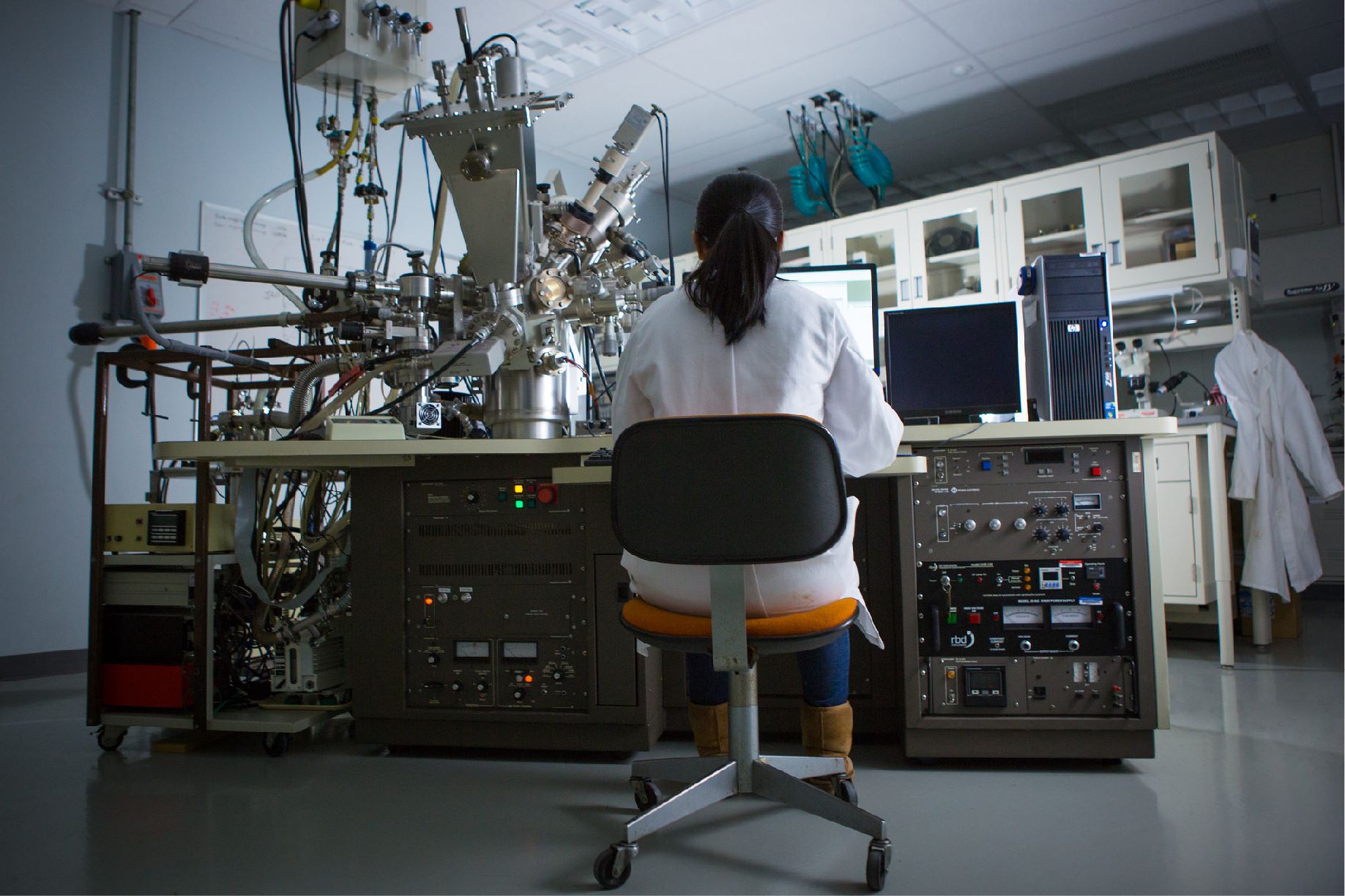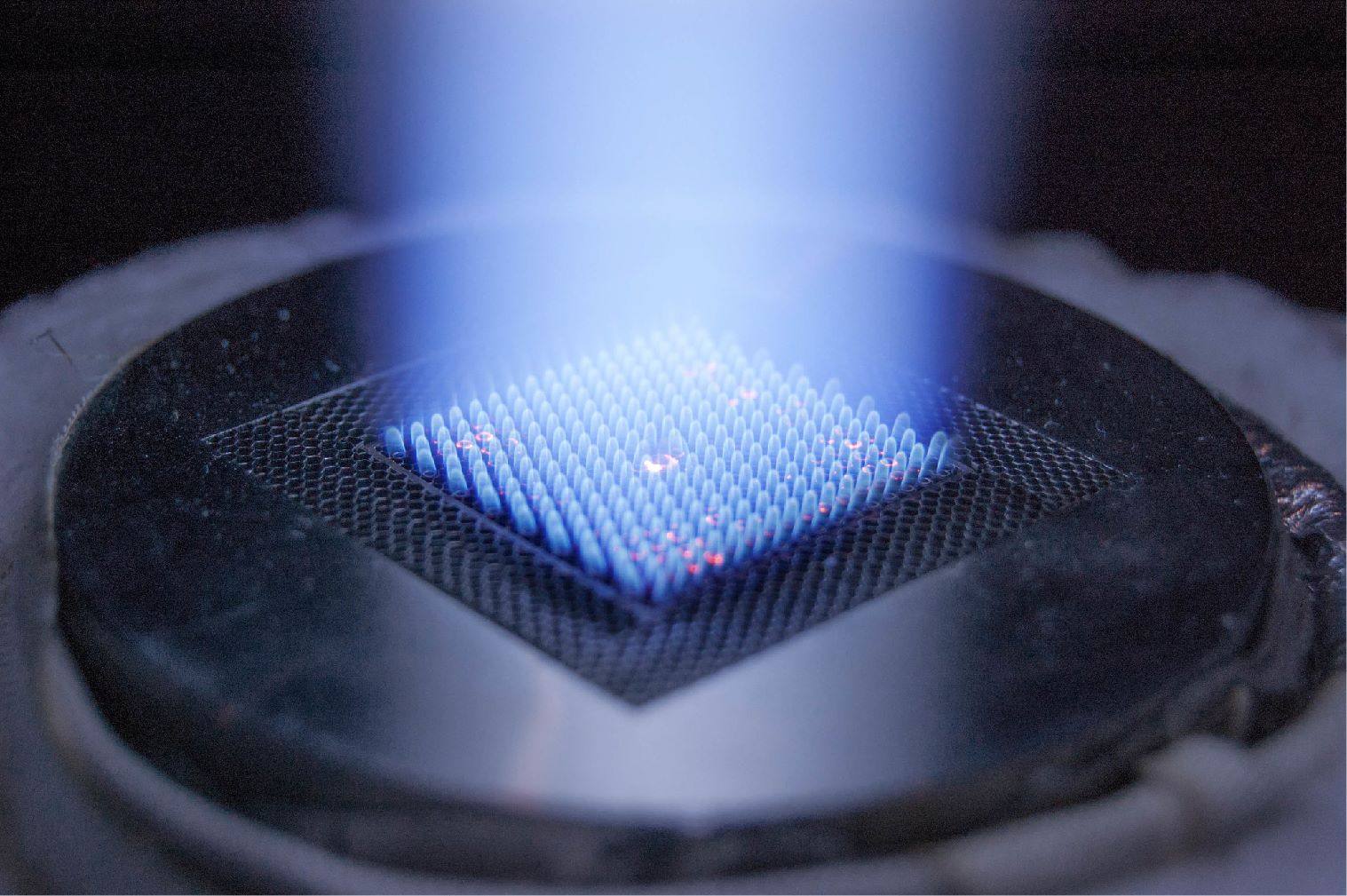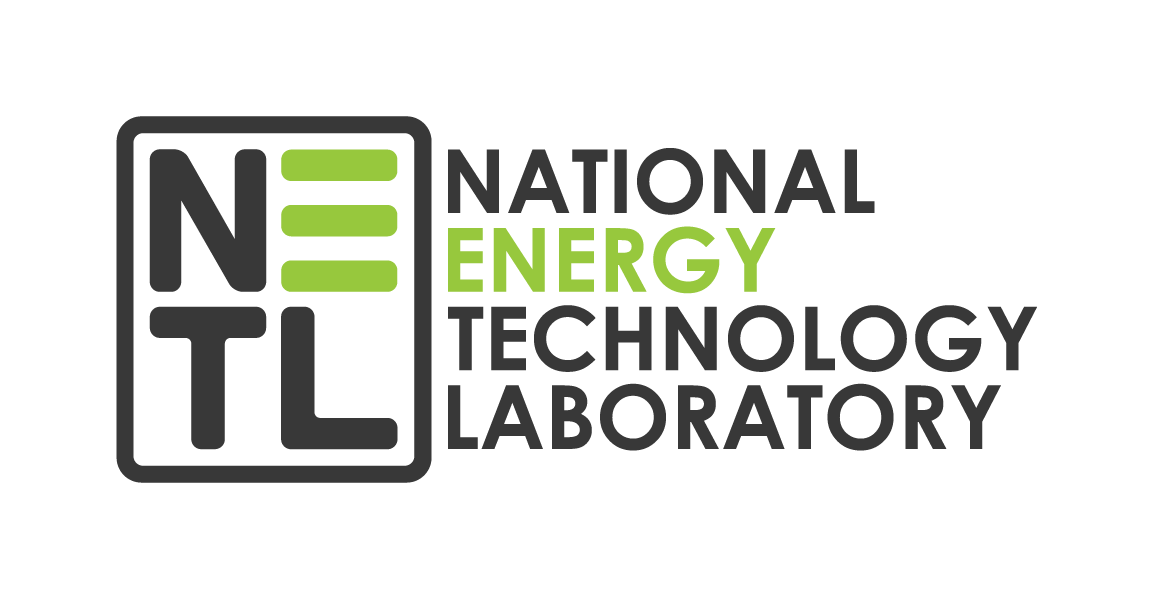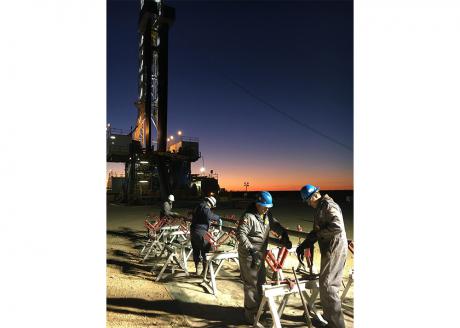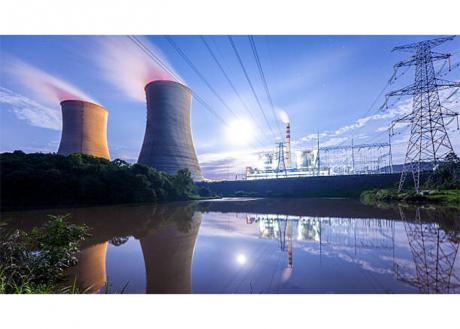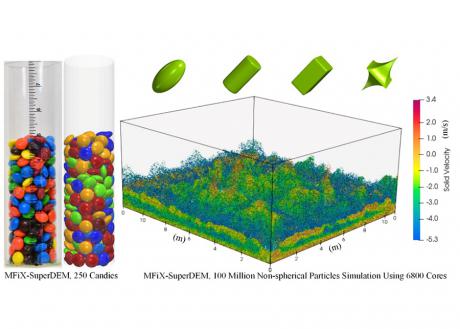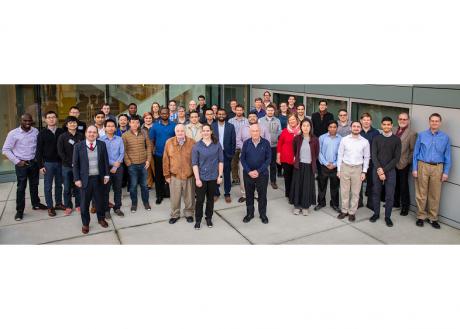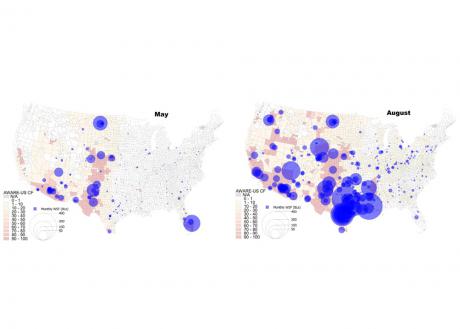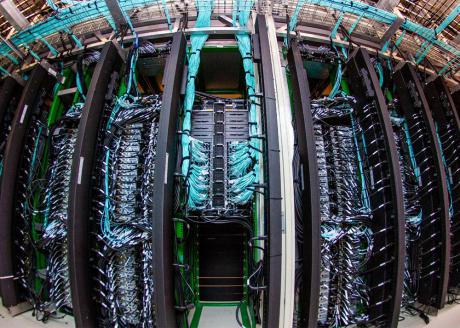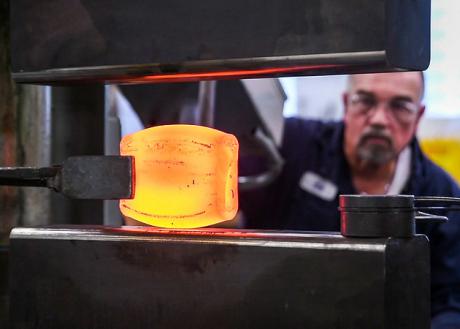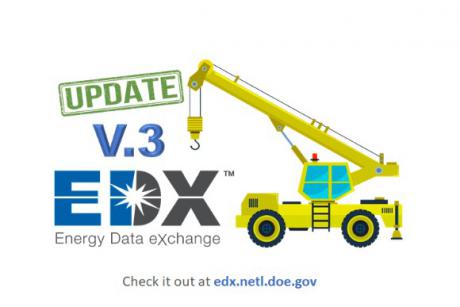A team of national laboratories, led by Lawrence Berkeley National Laboratory and Lawrence Livermore National Laboratory (LLNL) with support from the National Energy Technology Laboratory (NETL) and Stanford Linear Accelerator Laboratory, is collaborating in a multi-scale modeling project that resulted in an approach that significantly improves the prediction of hydraulic fracture propagation.
NETL researchers such as Dominic Alfonso are using advanced computational tools to repurpose carbon dioxide (CO2) from a waste product into chemical building blocks to manufacture fuels and a range of high-value items.
The work undertaken by Alfonso and other members of NETL’s Computational Materials and Engineering Team focuses on recycling CO2 generated by fossil energy plants and other industrial sources into chemicals, alcohols, acids and syngas, which are used to manufacture fuels, polymers and fertilizer.
Since joining NETL last year, computer scientist MiKyung Kang, Ph.D., has supported the Lab’s high-performance computing (HPC) environment across all three of its research facilities, empowering the Lab to continue finding new ways to fuel the nation using the abundant supply of fossil fuels in a sustainable manner.
In an effort that could lead to accelerated design and deployment of advanced energy systems, NETL researchers have added a valuable new capability to the Lab’s world-renowned Multiphase Flow with Interphase eXchanges (MFiX) modeling software suite. Rather than modeling particles as spheres, as is the case with most discrete element modeling (DEM) techniques, NETL researchers have developed and validated an algorithm to simulate non-spherical shapes that better approximates real-world particles, significantly increasing modeling accuracy.
As NETL strives to address some of the world’s greatest challenges to deliver reliable and affordable energy supplies, it uses tools such as the IDAES Integrated Platform and relies on the talent and expertise of its world-class researchers.
A new model developed by Argonne National Lab (ANL) and NETL, with support from DOE’s Office of Fossil Energy (FE), will help communities balance the often competing demands for water use among the power, agricultural, industrial, and residential sectors.
Most thermoelectric power plants in the U.S. rely on fresh water for cooling, resulting in significant water consumption, which can be a problem when local water supplies are scarce and those plants also draw on the same sources as nearby communities for use in daily life.
According to the latest rankings by TOP500, NETL’s Joule 2.0 supercomputer remains among the most powerful in the world, securing a position of 24th in the United States and 70th in the world.
A groundbreaking NETL study demonstrated that machine learning (ML) and data analytics can be used to design next-generation alloys needed to operate fossil fuel-based power plants with greater efficiency and produce affordable electricity while lowering emissions of greenhouse gas.
The National Energy Technology Laboratory (NETL) recently implemented a significant update to the Energy Data eXchange (EDX), a virtual platform for public curation and functionality to promote data-driven collaboration on research from the Department of Energy’s (DOE) Office of Fossil Energy (FE). The update offers improved and streamlined functionality so data from a wide variety of sources can be accessed with ease through a secure platform to further FE’s development of critical energy technologies.
As computational resources continue to evolve, NETL researchers look to new and more powerful tools to bolster their ability to model complex fossil energy power systems. The Lab has decades of experience developing this kind of software — known as computational fluid dynamics (CFD) code — including the award-winning Multiphase Flow with Interphase eXchanges (MFiX).
